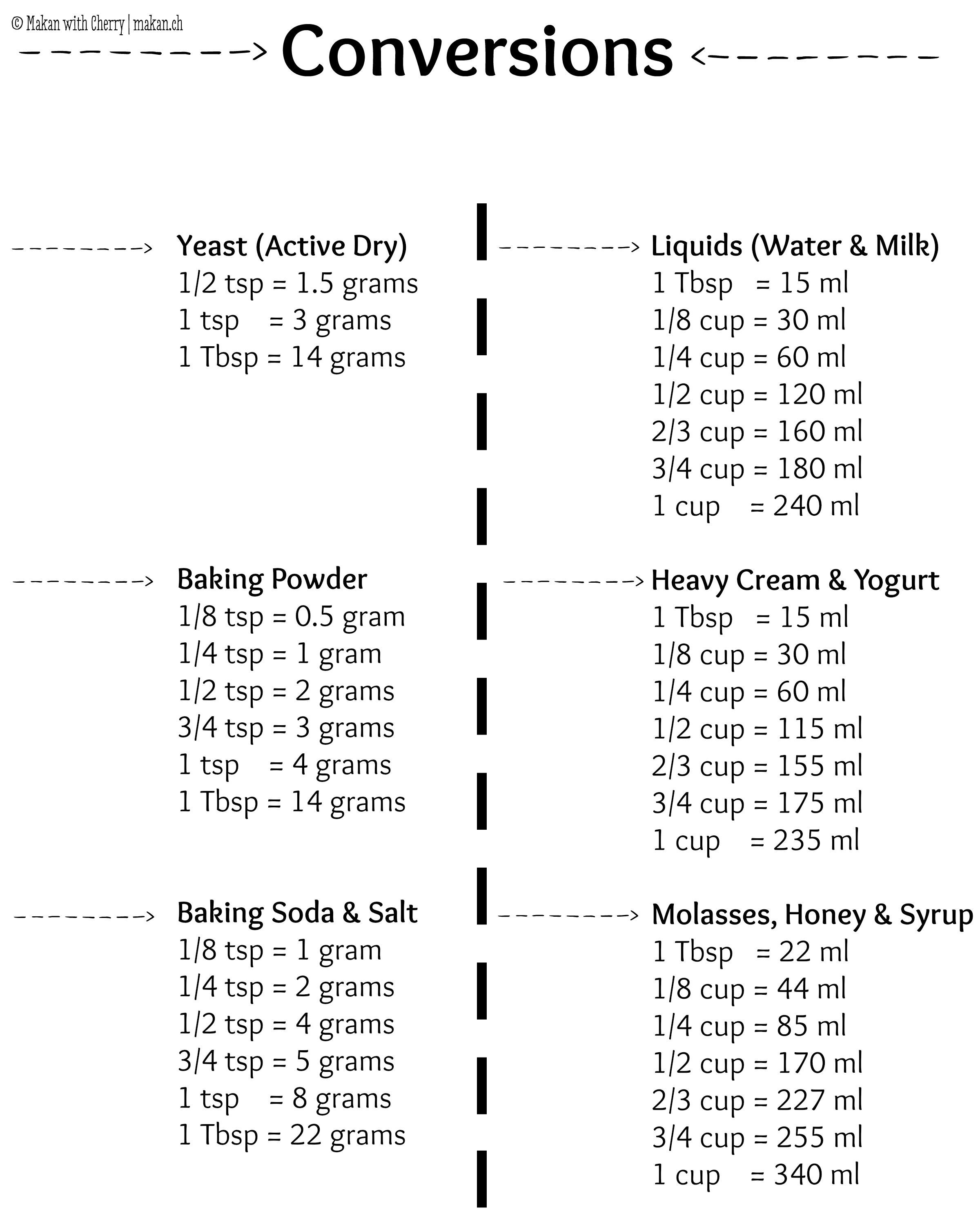What Are Grams In A Newton? Easy Conversion

When dealing with measurements, especially in physics and engineering, understanding the relationship between different units is crucial. One common point of confusion is the conversion between grams and newtons, particularly because these units measure different physical quantities. Grams are a unit of mass, while newtons are a unit of force. However, there is a straightforward way to relate these units through the acceleration due to gravity, which is approximately 9.81 meters per second squared (m/s^2) on Earth’s surface.
Understanding the Basics
- Mass is a measure of the amount of matter in an object and is typically measured in kilograms (kg) or grams (g) in the metric system.
- Force is a push or pull that causes an object to change its state of motion. It is measured in newtons (N) in the metric system.
The Conversion Factor: Acceleration Due to Gravity
The key to converting between grams (a unit of mass) and newtons (a unit of force) is the acceleration due to gravity, denoted as (g). On Earth, (g = 9.81 \, \text{m/s}^2).
The relationship between mass ((m)) and weight (force due to gravity, (W)) is given by the formula: [W = m \times g]
Where: - (W) is the weight in newtons (N), - (m) is the mass in kilograms (kg), - (g) is the acceleration due to gravity, approximately (9.81 \, \text{m/s}^2).
Converting Grams to Newtons
To convert grams to newtons, you first need to convert grams to kilograms (since (1 \, \text{kg} = 1000 \, \text{g})), and then apply the formula above.
- Convert grams to kilograms: (m \, (\text{in kg}) = \frac{m \, (\text{in g})}{1000})
- Calculate the weight in newtons: (W = m \, (\text{in kg}) \times g)
Example Calculation
Suppose you want to find the weight (in newtons) of an object that has a mass of 500 grams.
- Convert 500 grams to kilograms: (500 \, \text{g} = 0.5 \, \text{kg}) (since (500 \div 1000 = 0.5))
- Calculate the weight in newtons: (W = 0.5 \, \text{kg} \times 9.81 \, \text{m/s}^2 = 4.905 \, \text{N})
Therefore, an object with a mass of 500 grams weighs approximately 4.905 newtons on Earth’s surface.
Conclusion
Converting between grams and newtons requires understanding the distinction between mass and force, and applying the acceleration due to gravity as a conversion factor. This process is straightforward once you grasp the fundamental relationship between these physical quantities. Remember, when converting, you’re essentially calculating the weight of an object given its mass and the gravitational acceleration at its location.
Why are grams and newtons different units?
+Grams measure mass, which is the amount of matter in an object, while newtons measure force, which is a push or pull that causes an object to change its state of motion.
How does the acceleration due to gravity affect the conversion?
+The acceleration due to gravity (approximately 9.81 m/s^2 on Earth) is the conversion factor between mass (in kilograms) and weight (in newtons). It’s used in the formula W = m * g to calculate the weight of an object given its mass.
Can you convert newtons back to grams?
+Yes, to convert newtons back to grams, you first convert newtons to kilograms using the formula m = W / g, and then convert kilograms to grams by multiplying by 1000 (since 1 kg = 1000 g).



